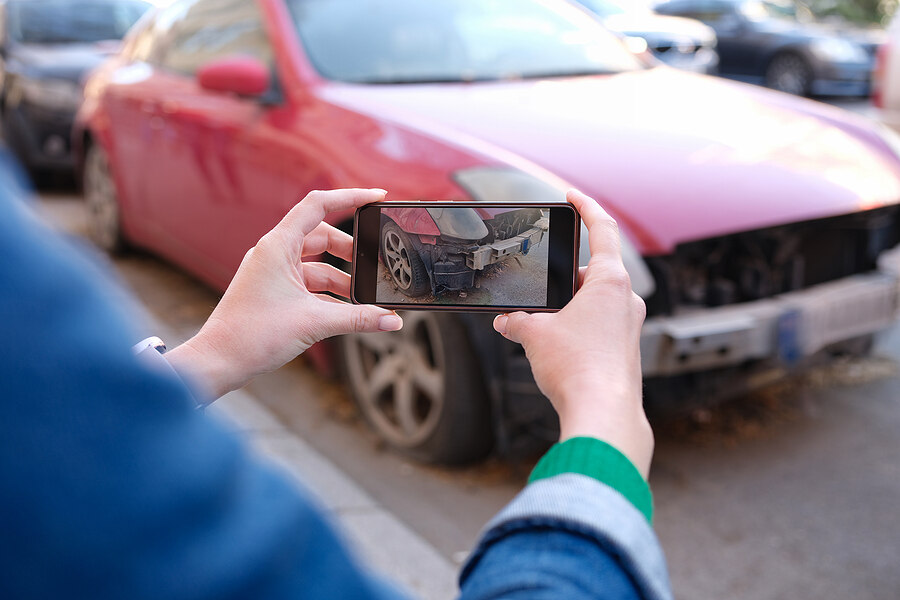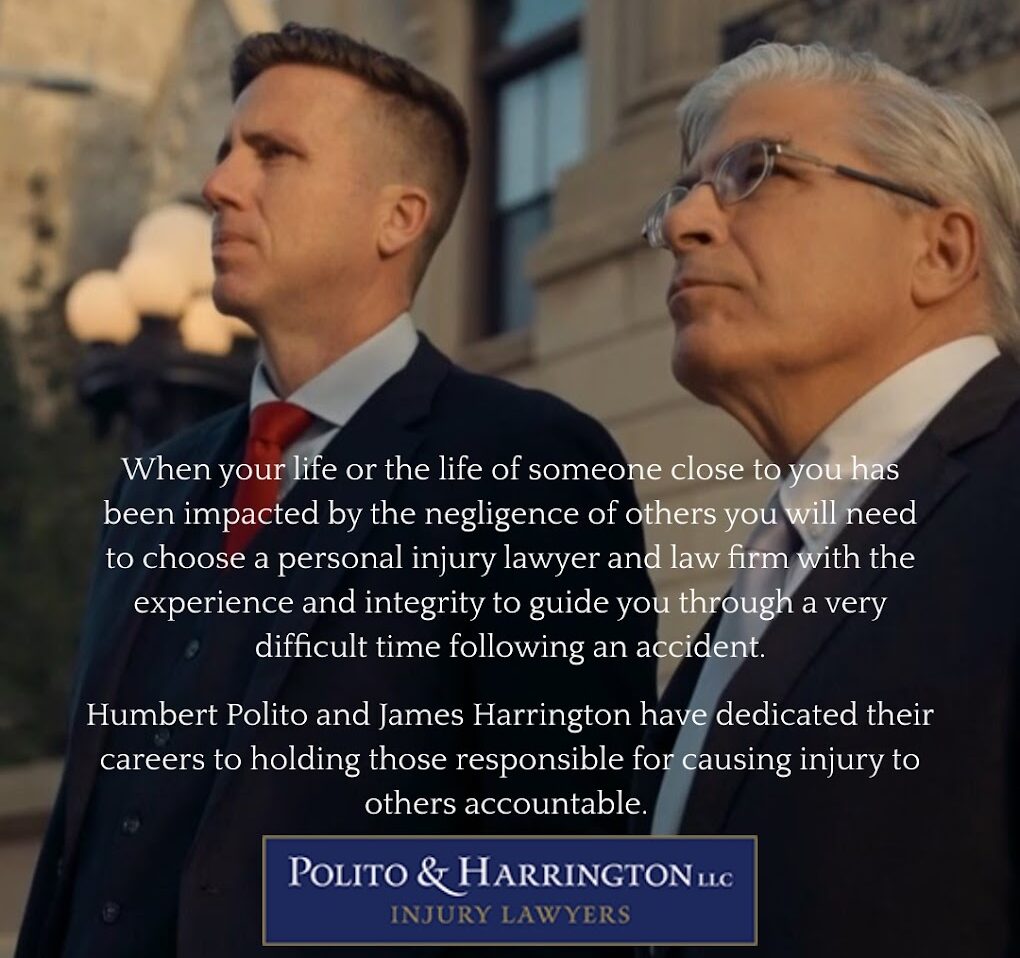
Everyone has a duty to drive responsibly, but accidents happen even when we take proper precautions. The United States accounts for six million car accidents every year.
When an accident happens, it’s essential to know your rights and responsibilities. If you’re in a car accident, who’s at fault? And who pays for the damages? The answer isn’t always immediately apparent.
You may think you know the answer, but the truth is, it all depends on the situation. The driver who hit you may bear fault, while shared liability may arise in other cases. It can also depend on the circumstances of the accident.
Only by dissecting the events of each scenario can you determine liability.
Here are three accident examples demonstrating the nuances involved in determining the responsible party.
Rear-end collisions are extremely common, with more than 1.7 million in the United States every year, making up about 29 percent of all car crashes. In most cases, the rear driver is in the wrong. In uncommon cases, the front driver is to blame or shares liability.
Sue is driving to work and looks down at her phone to read a text. When she looks back up, the car in front of her has stopped. She slams on the brakes without hitting the vehicle in front of her. A moment later, Matt, who was driving too closely behind her, hits Sue from behind.
Even though Sue comes to a stop without hitting the car in front of her, she could have avoided the accident had she paid attention and braked earlier. Matt was following too closely to stop safely and bears partial responsibility in this scenario. Therefore, Sue may share liability with Matt.
In this case, a cellphone distracted Sue. Devices are now the most common cause of distracted driving and can result in serious lawsuits. Devices aren’t the only dangerous distraction, though. Sue would still share liability if she put on makeup, looked at directions, ate, adjusted her seat, or looked at a passenger while driving.
When two drivers share liability, they must agree on the split. The accountability is 50/50 for equal liability. They may need to consider the comparative negligence standard, where the drivers negotiate a split and one driver accepts more responsibility than the other. If Matt is more than 50 percent to blame, the modified comparative fault standard may apply. This would mean Matt will most likely not receive compensation from Sue.
If both parties share liability, Sue and Matt must file a claim with their respective insurance companies, whether if they’re in an at-fault or no-fault state. If the crash injures Sue and she is in a no-fault state, she goes through her own PIP (personal injury protection) insurance to cover medical expenses. Sue may file a lawsuit against Matt to cover her additional expenses if they exceed her PIP policy’s limits.
In other circumstances, the front driver bears liability for a rear-end collision.
Sue could bear liability for:
Drivers making left-hand turns give the right of way to vehicles going straight unless they have a dedicated green light. Therefore, the driver who turns most often bears liability for these accidents.
Such accidents usually occur because of judgment errors when turning. An obstructed view may cause a driver to turn without seeing oncoming vehicles. Or, the driver may misjudge the speed at which the oncoming car is moving. At times, the driver going straight causes the crash.
Let’s look at an example.
Derek is about to turn left onto a two-lane road. Paul is driving straight toward the intersection, coming the other way. He sees the light is about to change to red and accelerates, breaking the speed limit. Paul strikes Derek at 20 miles per hour over the speed limit.
Not only is Paul breaking the law by speeding, there’s no way for Derek to see him coming when he’s taking his turn. In this case, Paul is likely responsible for this accident.
Derek and Paul would file a claim with their own insurance companies in a no-fault state. Derek would not have to sue Paul to receive compensation for the damages that his PIP insurance would cover. Derek or his insurer would file a claim with Paul’s insurance company in an at-fault state.
Variations of this scenario could make Derek not liable. Paul may enter the intersection well after the light turns red and strike Derek as he turns left. Running a red light would make Paul liable for the accident.
If Paul runs a red light and strikes the vehicle turning left due to faulty brakes or a mechanical issue, Paul may wish to pursue a claim against the car manufacturer or auto shop that last worked on the car. If the crash results from an autopilot malfunction, Paul would still bear liablility as he must remain in complete control of the vehicle at all times.
Possibly the deadliest of all collision scenarios is the head-on collision, where the fronts of two vehicles strike each other. Head-on collisions make up 10 percent of accident fatalities, even though they only account for 2 percent of driving accidents.
Head-on collisions most often happen when drivers leave their lane and drift into oncoming traffic. In these situations, the drivers leaving their lanes are responsible. The following scenario presents an exception.
Sam is driving in the right lane of a southbound four-lane road. Sally is in the left lane going in the same direction but loses control of her car and crashes into Sam’s vehicle, pushing him into oncoming traffic. Jessica is driving in the northbound lane and collides head-on with Sam.
Even though Sam’s vehicle is in the wrong lane, Sally controls the vehicle that causes the initial accident that pushes him into oncoming traffic. In this situation, Sally is responsible.
In a no-fault state, Sam, Sally, and Jessica would file claims with their own insurance companies. In an at-fault state, Sam and Jessica pr their insurance companies would file claims with Sally’s insurance company.
The answer isn’t as direct as you may think. The state you live in plays a significant role in determining who pays for damages. Five different parties may influence the decision of who caused an accident:
The drivers may agree at the time of the crash who caused it. They may disagree, and most people may blame another party. If the drivers dispute blame, other parties will facilitate the resolution.
When the police officers arrive, they may decide liability and issue a citation to the at-fault party. Their police report will note the damage and position of the involved vehicles, which often includes a diagram. Police reports are not bulletproof and may not resolve a dispute about liability, but you need them to file an insurance claim.
The insurance companies will often investigate and determine responsibility for the accident. In an at-fault state, they assess the claims, and if they deem the other driver liable, they will reach out to the responsible party’s insurer for compensation.
If the drivers and their insurance companies can’t agree on who is responsible, they may take the case to arbitration. In this case, a private company settles disputes about who pays. Many insurance companies use arbiters because they can avoid lawsuits.
A car collision case may go to court for a jury to decide as a last resort. Once a jury makes a decision, the involved parties must comply with it. Courts resolve only 1 to 2 percent of car collision claims.
As you can see, complications can arise during collisions, and responsibility is not always cut and dried. Here are examples of other common collisions and who is generally liable.
Chain-reaction collisions involve more than two vehicles. Typically, the driver who caused the initial collision also causes any subsequent accidents.
In most cases, the motorist that hits the parked car is liable. There are exceptions, like when a car owner parks where other drivers can’t see it, such as in the middle of a curving road.
Single-vehicle accidents mean damage to only one car, like when a driver falls into a ditch or crashes into a pole. The vehicle driver typically causes them unless another vehicle forces the first driver to swerve off the road. If a driver cuts someone off and causes another vehicle to veer into a ditch, the driver that cut off the other car is responsible.
Two vehicles colliding in a T shape upon impact is a side-impact collision, and these accidents account for about 25 percent of all car crashes. The fault usually falls to the driver who fails to yield the right of way. A person who gets T-boned in an intersection while running a red light or stop sign would bear liability.
Sideswipe accidents involve two vehicles hitting one another while driving next to each other, usually while they are going in the same direction. These accidents typically result from drivers merging lanes without properly checking their blind spots. In those incidents, the driver changing lanes is usually liable.
In hit-and-run accidents, the driver that hit the other vehicle and then fled is always liable. It is illegal to leave the scene after causing an accident.
When a driver hits a pedestrian, the driver is usually liable, but not always. A jaywalking pedestrian might bear at least partial responsibility.
Laws vary from state to state, so you must know your area’s specific laws. By understanding the different types of collisions and the laws that govern them, you will prepare for one. Regardless of the circumstances surrounding a collision, speak with an experienced car accident lawyer.
There are exceptions to every scenario, and state laws constantly change. Having an expert on your side who can advocate for you could make the difference between winning and losing your case. If you need legal assistance, contact a car accident lawyer quickly to get started.
We are committed to provide personalized attention to each and every client’s case – no matter how large or small– because that is each client’s only case. We are proud of our firm’s reputation of combining integrity and compassion with an unflinching dedication to getting the right result. We will do what we say.
